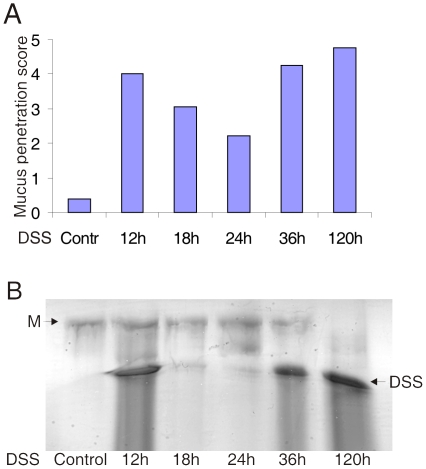Figure 5. High number of bacteria penetrating the inner mucus layer co-varies with high amounts of DSS in the colon mucus.
(A) Scoring of bacteria penetration of the inner firm mucus layer on a scale from 0 (no penetration) to 5 (large number of bacteria reaching the epithelial surface) of controls and DSS treated mice for indicated times. The scoring system is exemplified and demonstrated in Supplement Fig. S1. Mean values are for three mice (one mouse at 120 h) scored at four sites by two individuals in a blinded fashion. (B) Mucus from the analyzed animals was extracted with guanidinium chloride, the soluble fraction was reduced, separated on AgPAGE, and the gel stained with Alcian blue. The Muc2 monomer is marked by M. The DSS was also stained and is as expected absent in the untreated control animals. The amount of DSS reflects the animals diurnal activity and drinking rhythm as 12 and 36 h are after a night of activity and thus show high levels of DSS compared to 18 and 24 h that are after an inactive daytime that show low levels of DSS.

